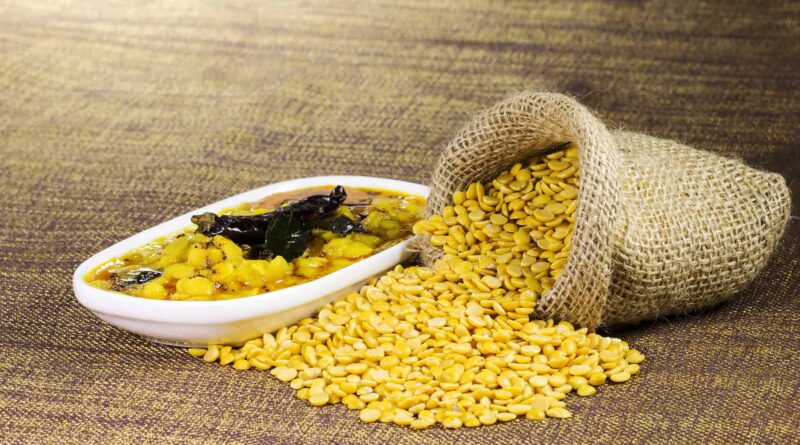Brazilian urad, tur dal for Indian dishes
By Puja Das
India and Brazil are working on a plan to strengthen bilateral trade in pulses, especially black matpe (urad) and pigeon peas (tur), a top official at the Brazil embassy said.
Indian government officials in a recent meeting told their Brazilian counterparts that the country was counting on the South American nation as a partner and reliable supplier of pulses.
“We discussed bilateral trade in pulses and strategies to foster collaboration of both nations aiming at food security related to pulses, especially black matpe and pigeon peas, and possible mechanisms to encourage the expansion of trade and cooperation,” said Angelo de Queiroz Mauricio, agricultural attaché at Brazil’s embassy in New Delhi.
Last week, Union consumer affairs secretary Rohit Kumar Singh said India had imported 3,000 tonnes of black matpe from Brazil in 2023 and was likely to procure another 20,000 tonnes this year to meet increasing domestic demand.
Collaboration on pulses represents a significant area of opportunity for expanding agricultural bilateral trade, and Brazil can be positioned as a strategic supplier for India, said Mauricio.
“In general, all agricultural sectors [in India and Brazil] are eager to collaborate, and hope that the Indian and Brazilian governments can work together in perfect harmony and synchronicity to ensure mutually beneficial import policies and a stable and predictable long-term scenario for optimal bilateral trade,” Mauricio said.
The ministry of consumer affairs, food and public distribution did not immediately reply to queries.
In November, Singh had urged businessmen and officials in Brazil to grow pulses, especially tur and urad, to cater to Indian consumers amid falling domestic production, and as a way of diversifying India’s sourcing of the food staple.
“We need to ensure that food items are available in the country for our 1.4 billion consumers at an affordable price,” Singh said last week on the sidelines of the Global Pulse Confederation conference in New Delhi.
India is both the largest producer and consumer of pulses globally, at around 28 million tonnes per annum (mtpa). With rising domestic demand, India plans to diversify its risk and production of pulses.
“As we are predominantly a vegetarian country and as income levels are rising, the consumption of protein via pulses is also increasing,” Singh said last week. “To cater to the rising demand, we cannot rely only on Myanmar. We must diversify our risk and production of it could be thought of in Brazil and Argentina.”
In 2023, India imported 3.1 mt of pulses, mainly masur (lentils), tur and urad, against 2 mt a year earlier. India currently imports these three pulses primarily from Myanmar, East African nations, Australia and Canada.
“India’s rising population, coupled with a significant proportion still adhering to a vegetarian diet, contributes to the high demand for pulses in the country. However, despite this demand, India has struggled to produce an adequate amount of pulses domestically, leading to annual imports,” said Amarnath Tripathi, associate professor of economics, Jaipuria Institute of Management, Noida.
“Several key reasons contribute to this shortfall in production, including India’s food policy exhibit(ing) bias towards fine cereals [and] neglecting pulses, which has resulted in a significant decline in the cropped area dedicated to pulse cultivation,” Tripathi added.
The area for sowing kharif or monsoon pulses, including tur and urad, declined 4.2% in the 2023-24 crop year to 12.4 million hectares. The normal sowing area under pulses is nearly 14 million hectares, according to the final area coverage data from the ministry of agriculture and farmers’ welfare.
Maharashtra, Karnataka, Madhya Pradesh, Gujarat, Andhra Pradesh, Telangana, Tamil Nadu and Rajasthan are key growers of pulses.
Brazil currently grows nearly 3 mt of pulses, including 10,000 tonnes of urad and less than 3,000 tonnes of chickpeas, peas and lentils. Although the country has expressed interest in trading and collaborating with India, it has also highlighted the need for stability and predictability in trade policies.
A working agenda and decisions on the next steps in this regard “will collaboratively be taken forward”, said Mauricio.
This article has been republished from The Mint.

